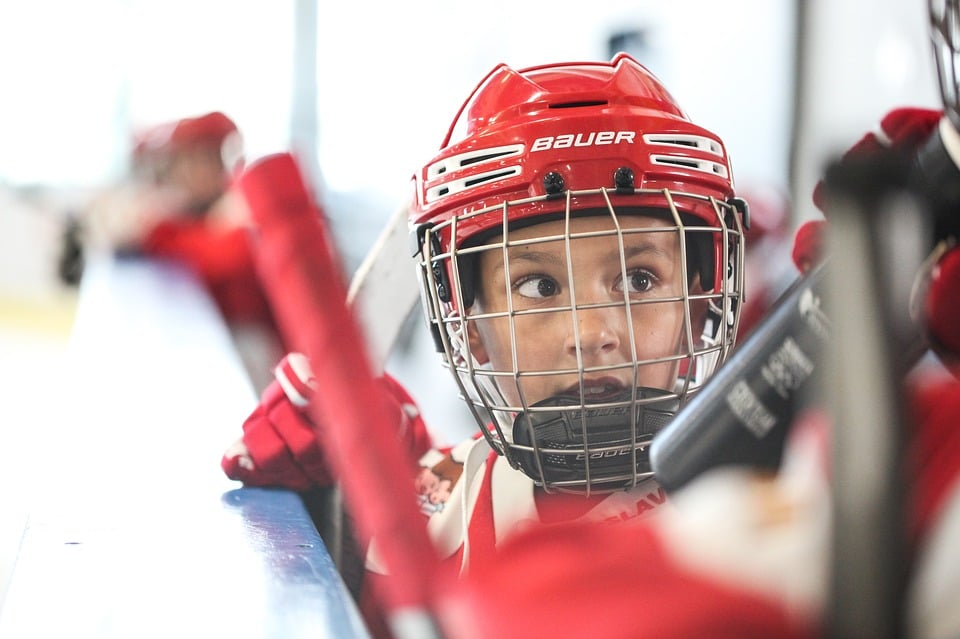
Half-ice hockey has recently been declared as the new standard for youth hockey. In fact, both USA Hockey and Hockey Canada have ruled that novice leagues and players are now required to institute the half-ice playing style. If you’re a parent, or a student yourself, you likely have some questions about this change.
Parental Concerns
By far, one of the most common concerns parents have voiced since these changes have been announced is: “How is this real hockey?
This is a question best answered by the studies that prove young children (8 and under) need to focus on having fun and developing key skills. They will be learning a range of valuable skills in half-ice hockey on a rink layout that’s better suited to their pace, size, and skill level.
Some game changes will promote more play time as well, fostering interest in the sport of hockey.
Game Changes to Note
You will see some differences in how the game is played with this new layout, including:
A Divided Rink
The rink will be divided in half with padded dividers. These dividers will be placed width-wise across the rink, creating two smaller rinks. Players will then spend less time crossing the large rink with this layout.
Blue Lines Have Been Removed
With the switch to half-ice hockey, the absence of blue lines and offside calls will be one of the most significant changes that parents and players will notice. This lets the players go through a game without stopping, making the most of their time on the ice.
One study revealed that 33% of a young players’ ice time is lost to line changes. This change means that players won’t have to worry about stopping their game for an offside face-off, improving the fun and skill level of young players with maximum ice time.
Prompt Line Changes
Hockey Canada is recommending that a buzzer sounds every 60 seconds to prompt a line change. When the buzzer goes off, players will leave the puck where it sits and then change quickly. This means every player gets to be on the ice for the same amount of time.
No More In-Game Face-Offs
A face-off will happen at the start of the game and at the start of the second half. There will be no face-offs during the game, which will end up giving players 33% more time on the ice actually playing hockey.
Novice Game Schedule
With a half-ice hockey game, players will get 3 minutes to warm-up with the 60-minute session split into two 25-minute halves. A 2-minute intermission will be given as well. Regardless of the overall length of the match, all minor hockey associations continue to recommend a 3-minute warm-up and 2-minute intermission.
Additional Changes
- Once a team scores a goal, possession is turned to the opposing team.
- When a goaltender freezes the puck, the attacking team will retreat and possession will be given to the goaltender’s team.
- When a puck is shot out of bounds, the official will put another puck on the ice and the non-offending team will get possession.
- Every child will get the chance to play as the goaltender with the intent of developing a range of skills for young players.
.png)
